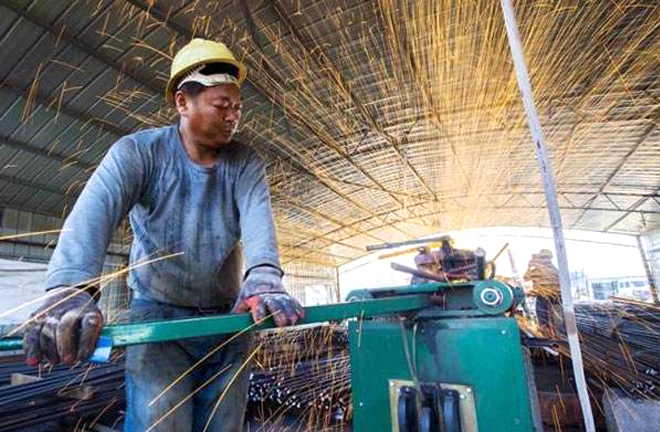Reform, growth, stability will happen all at once with supply-side efforts

In fact, as growth slows, the Chinese economy forges ahead on the development track of balance, coordination and sustainability at a quicker speed.
China wants growth, reform and stability, but they are unlikely to happen all at once, wrote David Scutt, an analyst at Moody’s, on the website of Business Insider Australia recently. Scutt claimed that the Chinese government should give up one of the three conflicting aims for at least a certain period.
Scutt separated the three policy objectives. He considered them to be independent from and in opposition to each other because he adopted a popular point of view that does not adequately grasp the nature of problems facing the Chinese economy.
If we rank economies around the world, we can see that as GDP per capita increases, the rate of economic growth declines. Now that China has reached a higher income level, it is perfectly natural for it to grow at a slower pace than it did when it was a low-income country.
More notably, China’s economic growth rate has been remarkably higher than the average level of all countries at comparable development stages, whether in the low-income stage before 2000 or in the moderately low-income phase from 2000 to 2010, or at the current moderately high-income level.
Hence, we don’t have to seek a short-term rebound from the economic cycle and demand side. Only by viewing the new normal from the supply side can we recognize the power of China’s economic policy.
This is not full-blown optimism, and needless to say, there are problems in the Chinese economy itself. However, the problems are not related to growth rate. Its development is imbalanced, uncoordinated and unsustainable. The slowdown that market laws allow has not made the problems worse. Instead, it is conducive to solving them.
In fact, as growth slows, the Chinese economy forges ahead on the development track of balance, coordination and sustainability at a quicker speed.
First, economic growth is more balanced. Consumer demand is contributing more to growth. The development of the tertiary sector is accelerating, and there is greater balance between the secondary and tertiary sectors.
Moreover, new regional economic growth points are emerging. Some provinces in the central and western parts of China have caught up, making regional development more even.
New growth momentum has been generated more efficiently. Growth under the new normal must be a process of creative destruction: While traditional growth momentum weakens, new momentum starts to accumulate.
For instance, Harvard scholar Ricardo Hausmann developed the Economic Complexity Index to measure the diversity and complexity of exports. China ranked 48th on the index in 1995, 39th in 2005 and 19th in 2014.
In addition, China is developing an economy in which the fruits are shared. Due to the synergy of the government’s redistribution policy and phasic development changes, income distribution has begun to tilt toward laborers and low-income groups. Incomes are rising at a faster rate than the GDP, and the growth of rural incomes has outpaced that of urban incomes.
Once we observe phenomena, analyze problems and seek solutions from the supply side, we see that reform, growth and stability are not conflicting. On the contrary, just as the triangle is the most stable structure in mechanics, if we choose the right direction and priorities for structural reform and promote it appropriately based on the supply side, we can directly attain the goal of maintaining a moderately high rate of growth while preventing financial risks, and ensuring economic and financial stability.
This article was translated from Xinhua Daily. Cai Fang is a renowned economist, professor, CASS Member and vice-president of the Chinese Academy of Social Sciences (CASS).
